How green is lighting
Singapore 24th August 2011
Many countries, Singapore included, have so called “green councils, organisations mostly government driven that look after the sustainability of buildings, projects and new developments. In Singapore we have an organisation called the Singapore Green Building Council and their mission statement is to propel the Singapore building and construction industry towards environmental sustainability by promoting green building practices and technologies. I notice they are the sponsor of the upcoming Asia Building Exhibition in Singapore (14-16 September) under the theme “for a Greener Future”. A look at the program however shows little to nothing related to lighting. Lutron (lighting controls) is one of the sponsors and Crestron and Legrand (also lighting controls) are participating as an exhibitor. From the lighting players I only can see Philips and Samsung to promote their (LED) systems and that’s it. Nothing else on lighting… even on renewable energy I only saw one solar company from China on the exhibitors list.
So how green is lighting when it comes to exhibition shows like this…not much is my impression. But it probably reflects the green code classifications like LEED where lighting accounts only for about 1-2 points on the whole scale of 100 odd points that can be scored to get gold or platinum certification. In the scale of things lighting is not big when it comes to sustainable systems but yet it is very visible and one of the first things people think of when it comes to sustainability and energy saving.
What is in our power as lighting designers to create and contribute to green and sustainable lighting solutions? There are mainly three points to focus on. First of all minimum (to zero) energy solutions. This means minimising energy consumption, maximising efficiencies (lumens per watt). Zero energy is not really zero energy but points to solutions where we use 100% renewable energy such as solar energy through the use of PV cells. LED’s with their reduced power needs have brought this concept much closer to reality and there are
already several “zero energy” systems mainly in outdoor applications available. The second is closely related and considers the quality of the optical system and lighting design where we control the light distribution to maximise use and minimise spill and light pollution. The last one is lighting control where we design around maximising daylight, minimising artificial light and control usage in relation to presence and need. Sounds simple but it requires skilled lighting designers to really make it work!
In Light Watch today one of the first “zero energy” media façade lighting projects I am aware of, the Green Pix building in Beijing. Embedded solar cells collect the energy during the day and feed the LED lighting (which is interactive) at night. I blogged about it before but I dont think I showed some pictures.
Light Watch 149: Green pix media façade wall Beijing

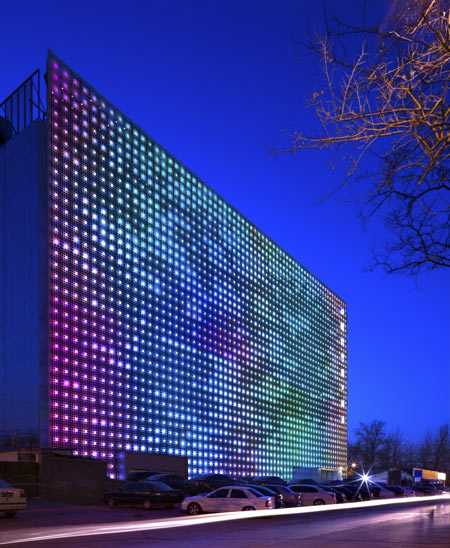
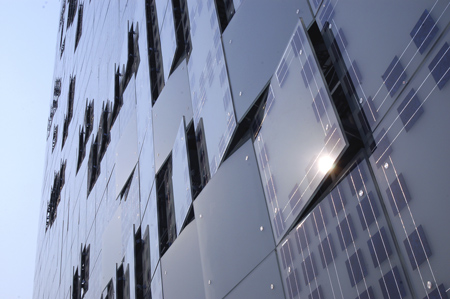
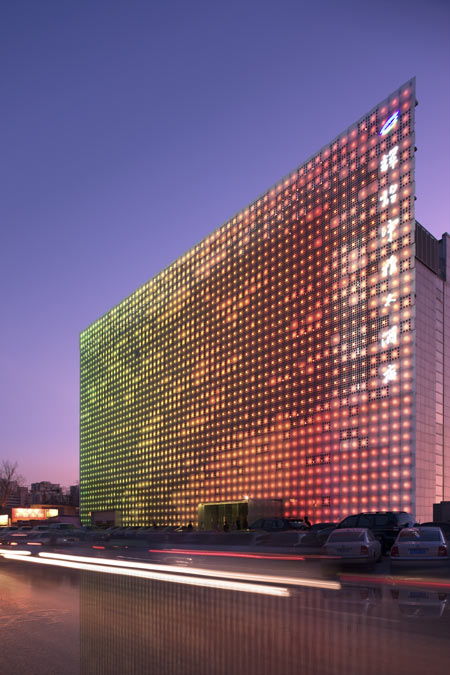
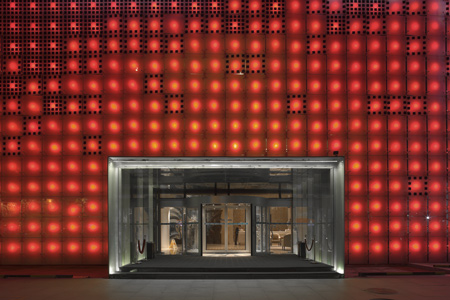
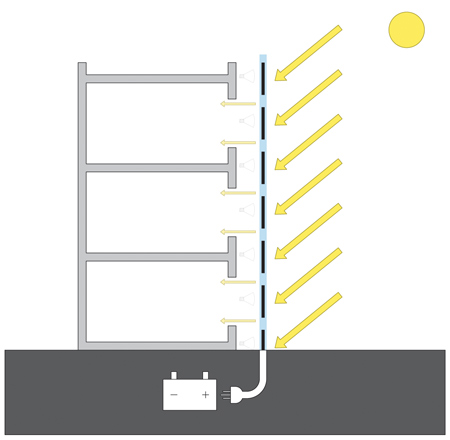
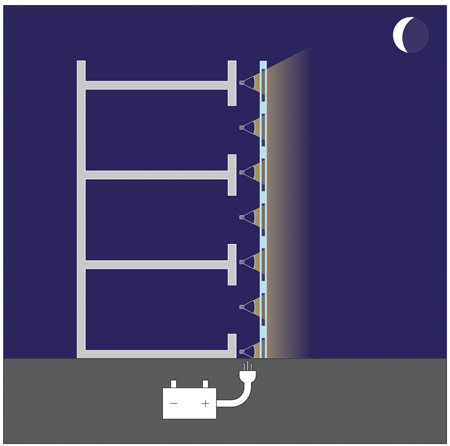
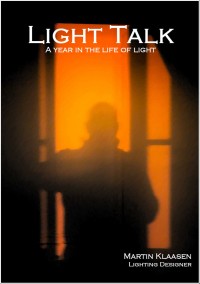 The long awaited book compilation of Martin's first year of blogging is available. Order now.
The long awaited book compilation of Martin's first year of blogging is available. Order now. Feedspot Top 100 Lighting Blogs
Feedspot Top 100 Lighting Blogs